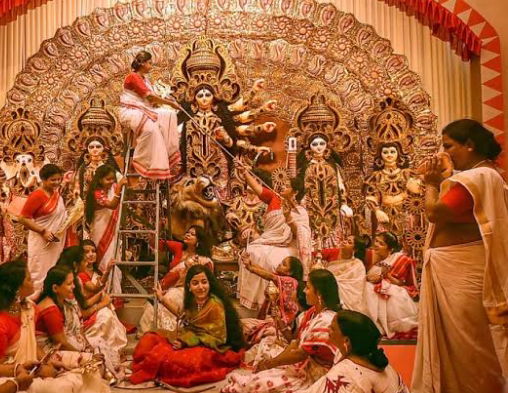Dismantling the myth that Mughals invented the Bengali calendar.


“Today is the Bengali New Year, known in Bangla as Poila Boishakh. A number of Indian calendars, of course, have their new year around now: the Punjabi, Assamese and Tamil, to name a few. The modern Bengali calendar though is unique amongst these, given that it was introduced by the Mughal Empire. More than two decades into his rule, Emperor Akbar, third in the Mughal line, had set up, what was at the time, the most powerful empire on Earth. Secure in his power, the emperor’s attention shifted to the more intellectual side of things: religion, philosophy and the arts. Amartya Sen’s book, The Argumentative Indian, mentions how Akbar’s interest in various religions led him to dabble in the calendars of various faiths as well. As a result, as Sen put it, he invented “a combined calendar which paralleled his interest in floating a combined religion, the Din-e-Ilahi”. This calendar, modestly titled the Tarikh-e-Ilahi, calendar of God, was introduced in the year 1584 AD”, these were the words published by “Scroll.in” in one of it’s articles. In the article they try to propagate the myth that Mughals (Akbar) were the ones who created the Bengali calendar. Let’s dismantle the myth and crumble down this propaganda propagate to create a self loathing tendency upon Hindus.
It is claimed by certain historians and sections of the media that Mughal emperor Akbar invented the modern Bengali calendar. This is not true. Akbar did not create the Bengali Calendar. It is nowhere mentioned in Ain-i-Akbari or any other Mughal source. The calendar dates back to the time of King Shashanka, even before Islam was born.
The Bengali calendar was already used in inscriptions of Shiva temples in Bankura district, which are around 1000 years old. How on earth could Akbar create a Calendar that was used more than 500 years BEFORE he was even born?
[Source: The Land Of Two Rivers, Nitish Sengupta]
Credit- Trueindology
DISCLAIMER: The author is solely responsible for the views expressed in this article. The author carries the responsibility for citing and/or licensing of images utilized within the text.
